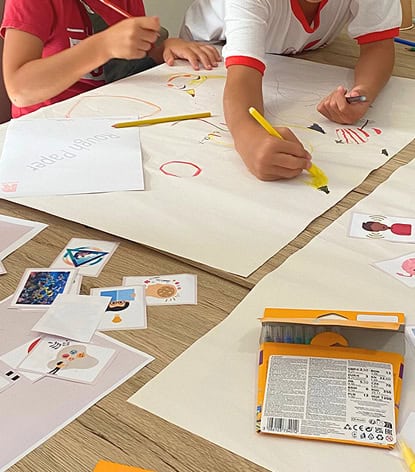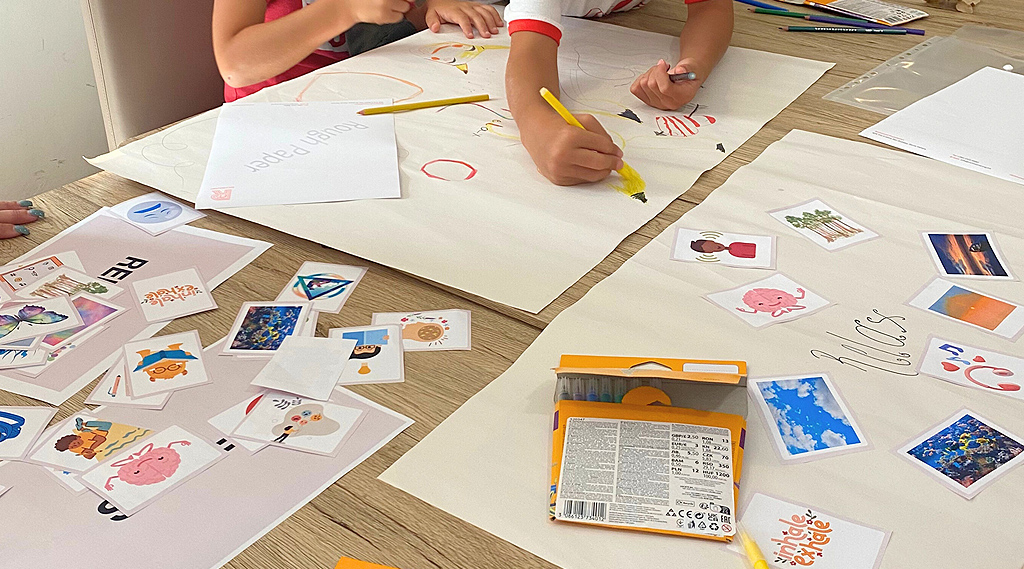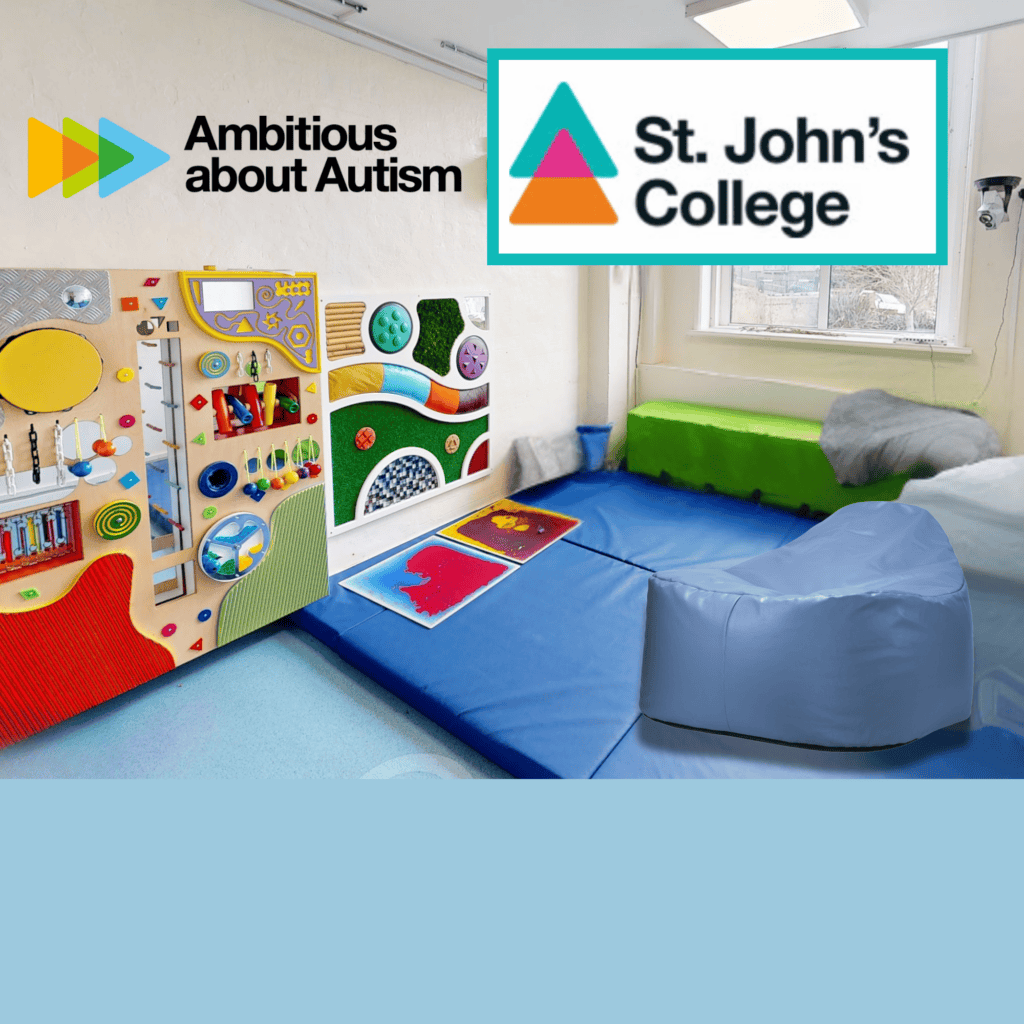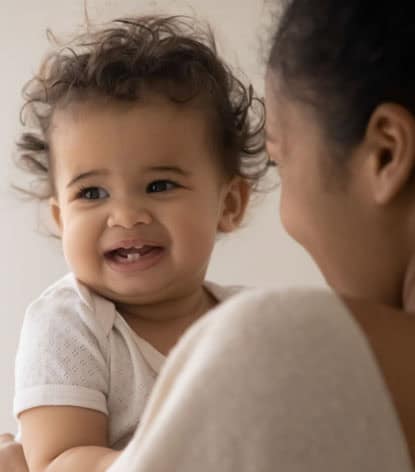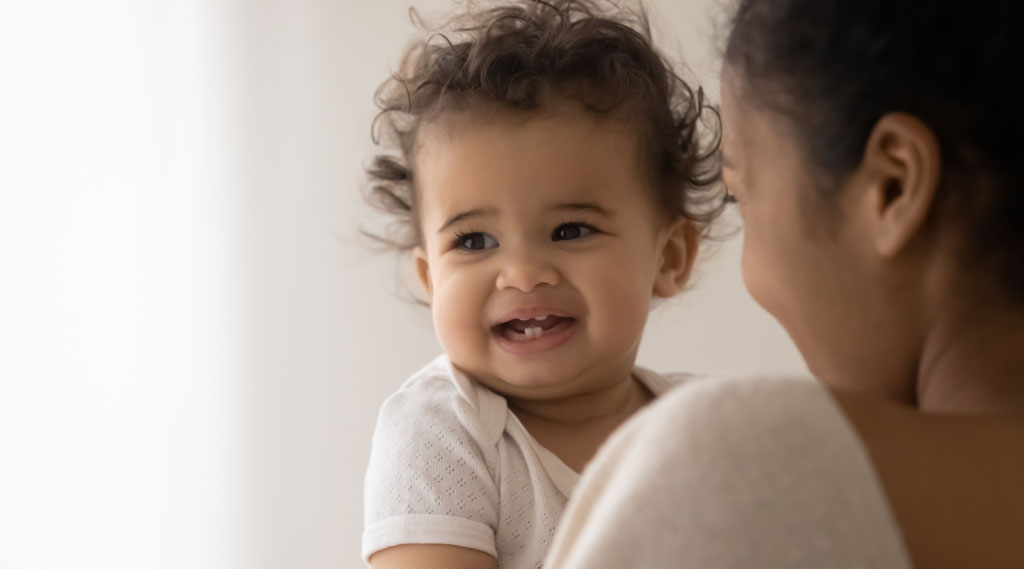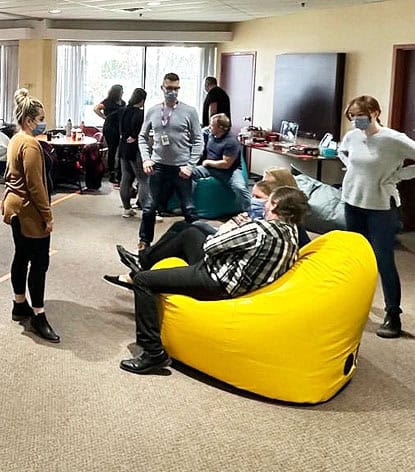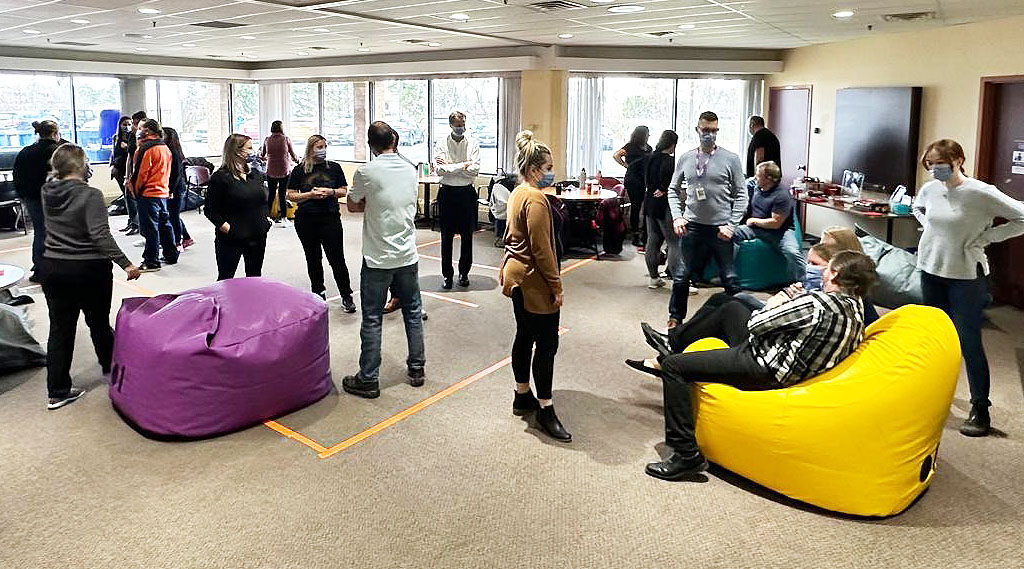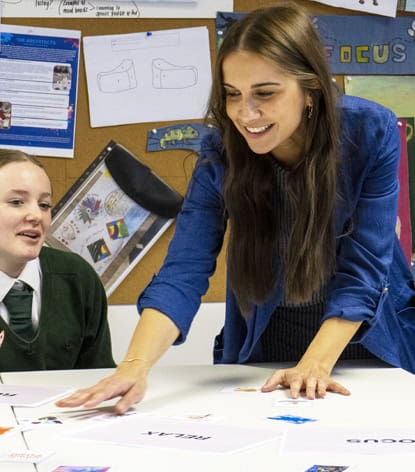
The Architect
Project
Co-Designing with Children: Empowering Young Minds through The Architect Project
Shabnam Kirk
Education Director at Safety Pod International
The Architect Project invites children to play a central role in shaping their learning environments through the creation of therapeutic Pods. It places children at the heart of the design process, allowing them to decide what comfort, support, and emotional regulation looks and feels like for them.
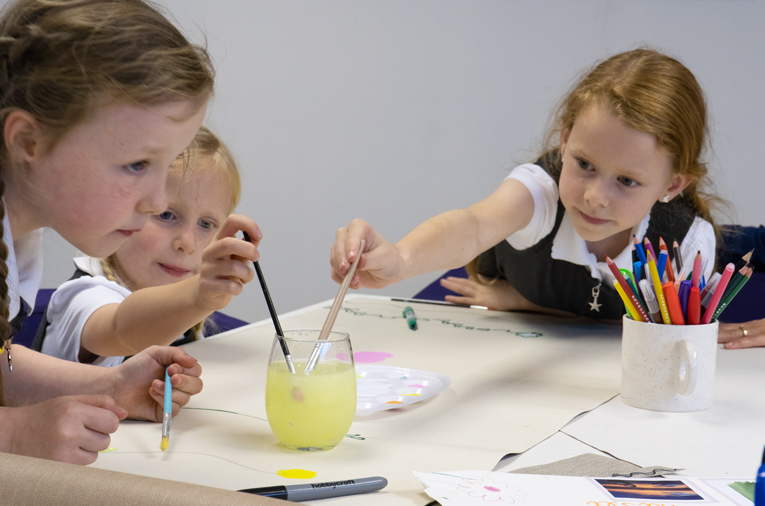
In a world where design often reflects the expertise of professionals, The Architect Project is changing the paradigm by recognising children as experts in their own lives.
By empowering children to take on the role of co-designers, The Architect Project values children as experts in their own lives, fostering self-expression and a sense of ownership. Through this collaborative approach, children gain the confidence to shape spaces that directly impact their well-being, making the project a powerful tool for personal and emotional growth.
“Pods are more than just furniture, they are personalised spaces that help children manage their emotions, self-regulate, focus, and find calm. Our Education Director Shabnam Kirk, has fused aspects of Art Therapy together with her wealth of experience in teaching, to design a project which inspires children to express their feelings and explore their emotional landscapes using colour, texture, and illustration. In doing so, they can create environments that are not only therapeutic but deeply personal”
Palkesh D Crawford, Founder of The Safety PodTM
Inspiration Behind The Architect Project: The Power of Environment and Self-Expression
Research has shown that the spaces we inhabit can deeply affect how we feel, think, and interact with the world around us. Recognising this, the project empowers children to design therapeutic Pods with an understanding of how they can help regulate emotions, encourage relaxation, and foster focus. By allowing children to participate as co-designers, the project promotes the idea that, just as adults are experts in their fields, children are experts in their own emotional needs and experiences.
Children often find it difficult to express their emotions verbally, yet they are highly skilled communicators in many other ways. The project taps into these diverse modes of expression, whether through art, play, or body language, providing children with the tools to communicate what they need in a safe and creative way. The result is a collaborative design process where children are not just passive recipients of an environment but active agents in shaping it.
The Project: Collaborative Co-Design with Children
The design of the Pods is more than just about aesthetics, it’s about creating an environment that reflects the child’s inner world. We were proud to pilot The Architect Project in Summer 2024 with children at Richmond Foundation in Malta, where the project reached new heights of creativity and emotional insight. For two weeks, the children worked on a mission to design ‘Power Pods’ that would help people channel one of three powers: reflect, relax, or focus.
Using art therapy-based tools and materials, the children explored their emotions through discussions and creative exercises. They created mood boards, capturing the sensory experiences tied to each of the three powers, and then translated these emotions into Pod designs.The final presentations were a testament to the children’s creativity and emotional literacy, with detailed explanations of how their colour choices, textures, and illustrations would encourage the intended emotional responses. The results were nothing short of inspiring.
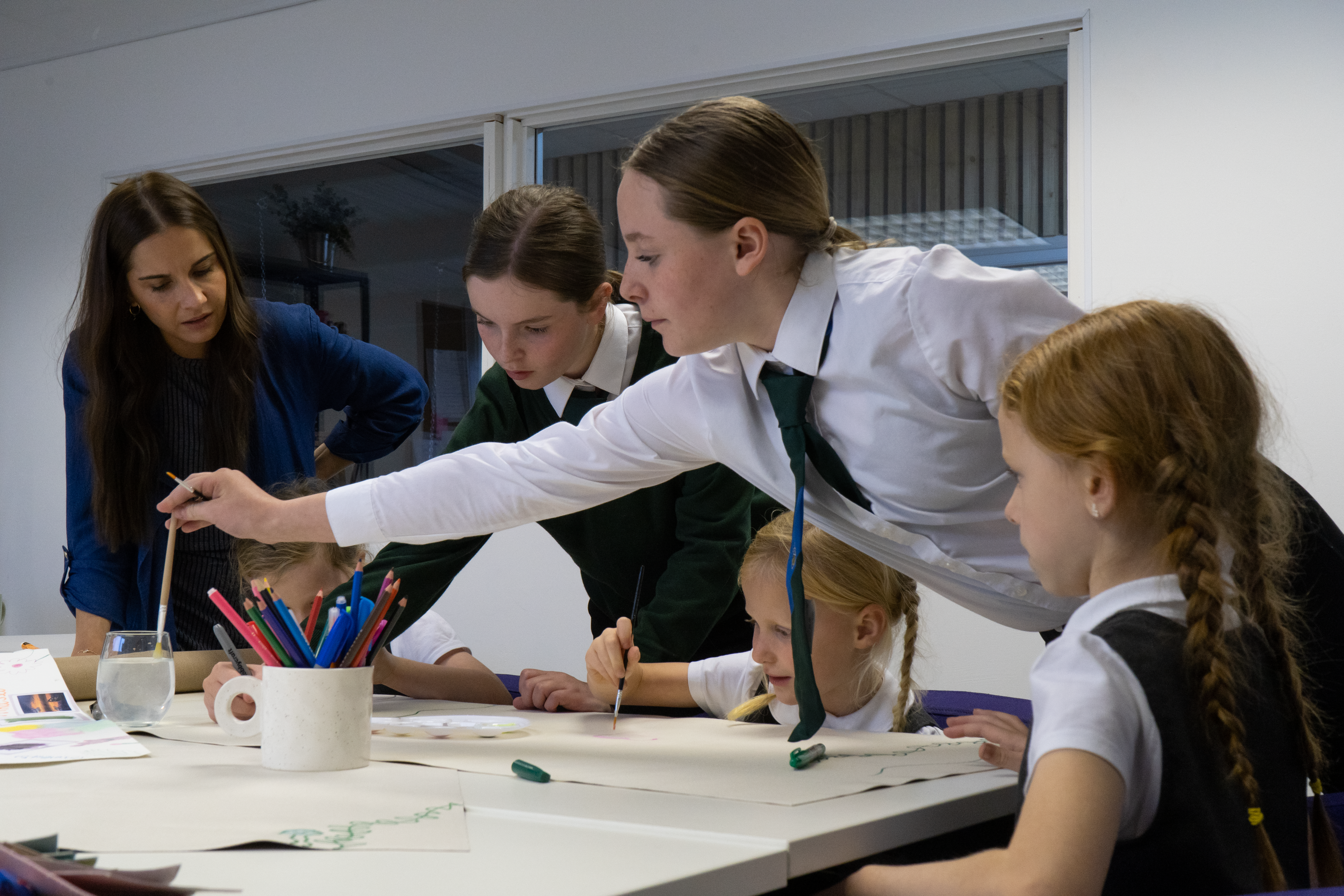
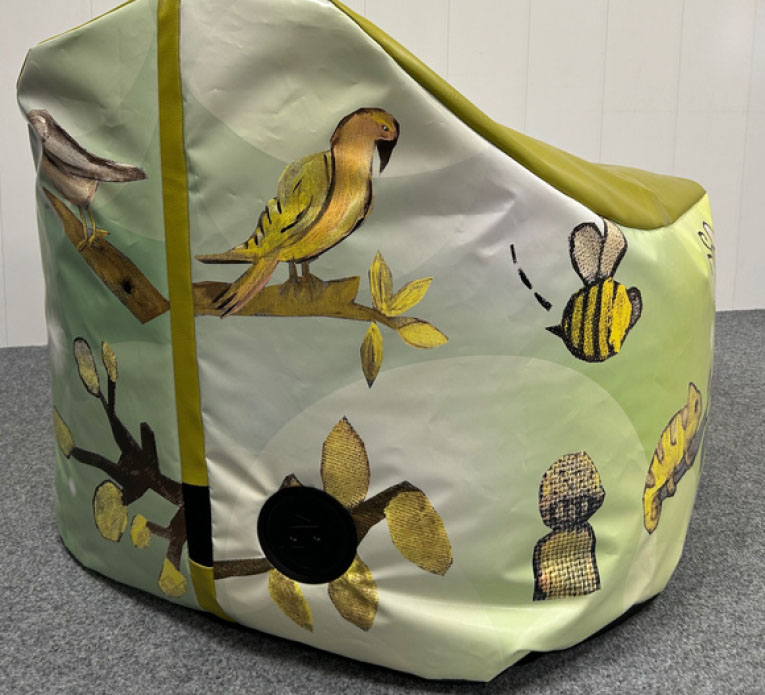
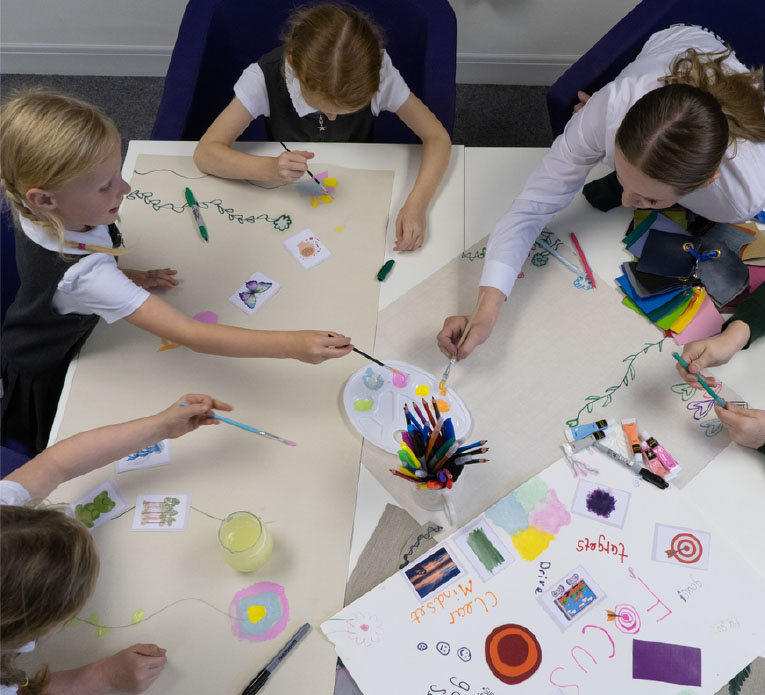
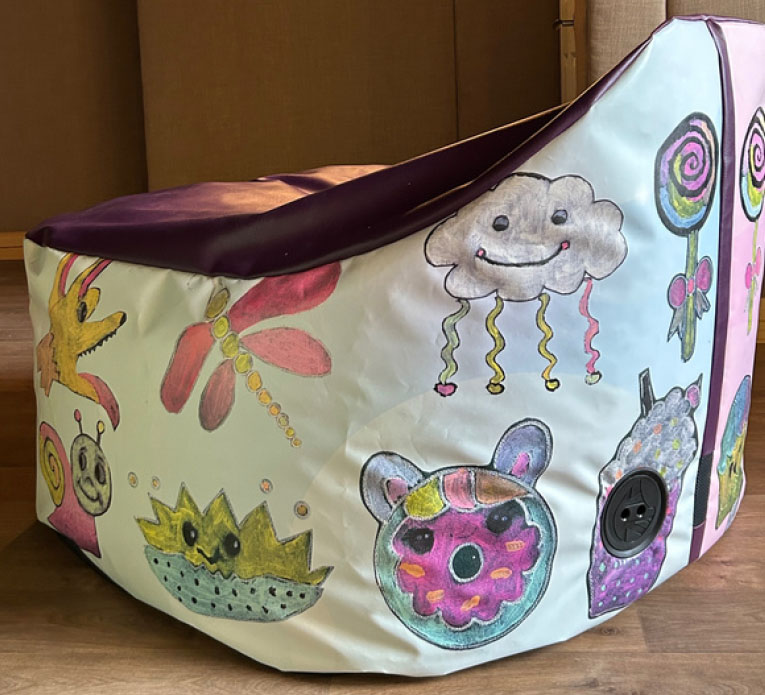
Looking Ahead: The Architect Project’s Global Reach
As The Architect Project continues to grow, we are excited to announce that we are already running successful projects in primary schools across the UK. These collaborations are allowing more children to experience the power of co-design and take an active role in shaping their own learning environments through the creation of therapeutic Pods.
Looking ahead to 2025, we are thrilled to offer a unique opportunity for pupils to visit the Pods factory and meet Palkesh, inventor of The Safety PodTM. This visit will provide a behind-the-scenes look at how Pods are made and allow students to see their creative ideas come to life in a tangible way.
We are looking forward to working with more schools and pupils in 2025, and we can’t wait to see the impact personalised Pods will have on children’s emotional and mental well-being in their school settings. For more information on how to bring The Architect Project to your school, contact Education Director, Shabnam Kirk: Shabnam@ukpodsltd.co.uk
“Pods present a wonderful opportunity for pupils to create personalised, safe spaces within their learning environments—spaces they can access for a variety of activities, from moments of relaxation to focused work, or simply to find comfort and calm when needed. The project’s potential to support children in navigating their emotions and fostering a sense of ownership and well-being is truly inspiring.
Shabnam Kirk
Education Director at Safety Pod
International






